For my performance photographs, I decided that I wanted to do something that captured the reactions of my friends in a situation. For my project, I decided that I wanted to make them feel uncomfortable. I would ask the person if I could take a portrait of them for my art class, and once I had them all set, I would say, “oh, you look kind of fat right now”. The photographs came from their reactions to what I had just said. I got a range of reactions, most of them being shocked or laughing. When choosing subjects, I chose my friends who knew my sense of humor and knew that I didn’t actually mean what I had said, but were still shocked by it. After I took the photographs, I would tell my friend what my project was, and they loved the idea and wanted to see what their pictures looked like.
I decided to upload the images to twitter, using the repeating caption of “Right before this I told them that they looked fat #part_”. I had 9 subjects over all, so I decided that I was going to break it up into 3 separate tweets. The first two tweets had four subject’s pictures, and the last tweet had four pictures of the same subject, but was taken in succession to each other. After a few hours after posting to twitter, my friends had favorited the tweets.
The part about the project that I liked the most was the range of reactions my friends had. I also liked this because it is difficult to guess the context of the photo if you didn’t know it.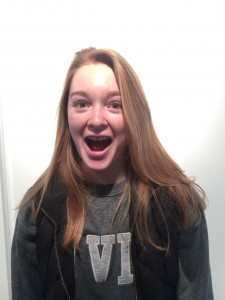
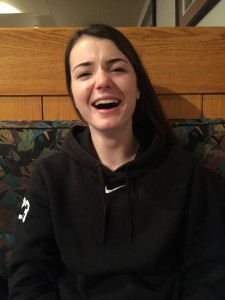
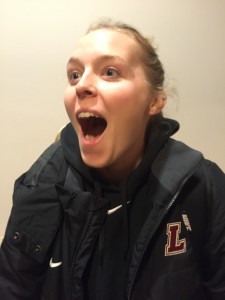
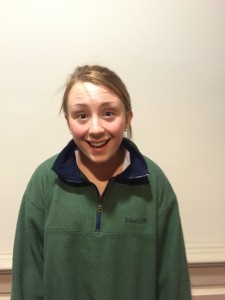
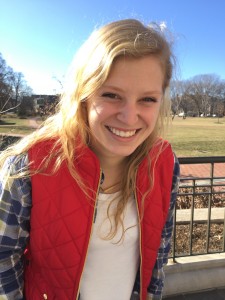
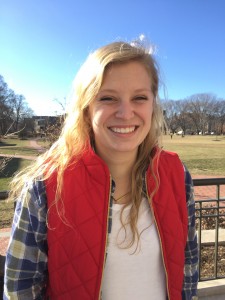
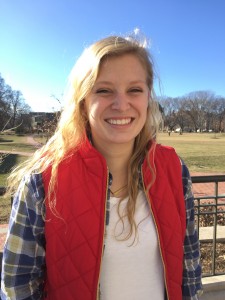
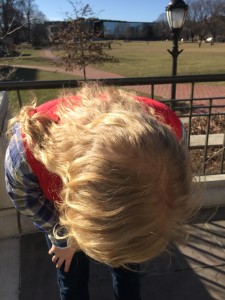
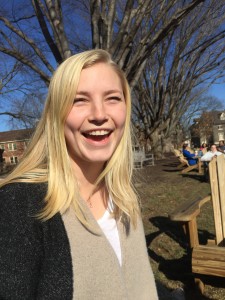
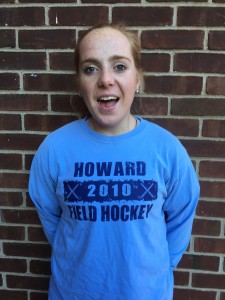

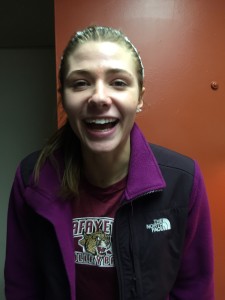

So important to your project was putting what you said in your tweets. By doing that you are telling your audience that these photos are performed. You are also borrowing the language of social media that uses humor to gain attention. The consistency of how you photograph each participant adds to the “experimental” nature of the project.